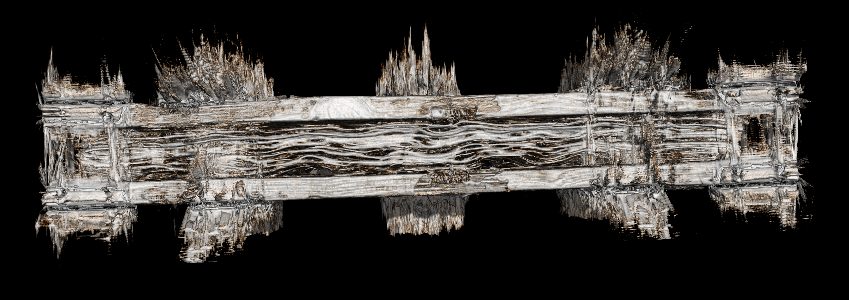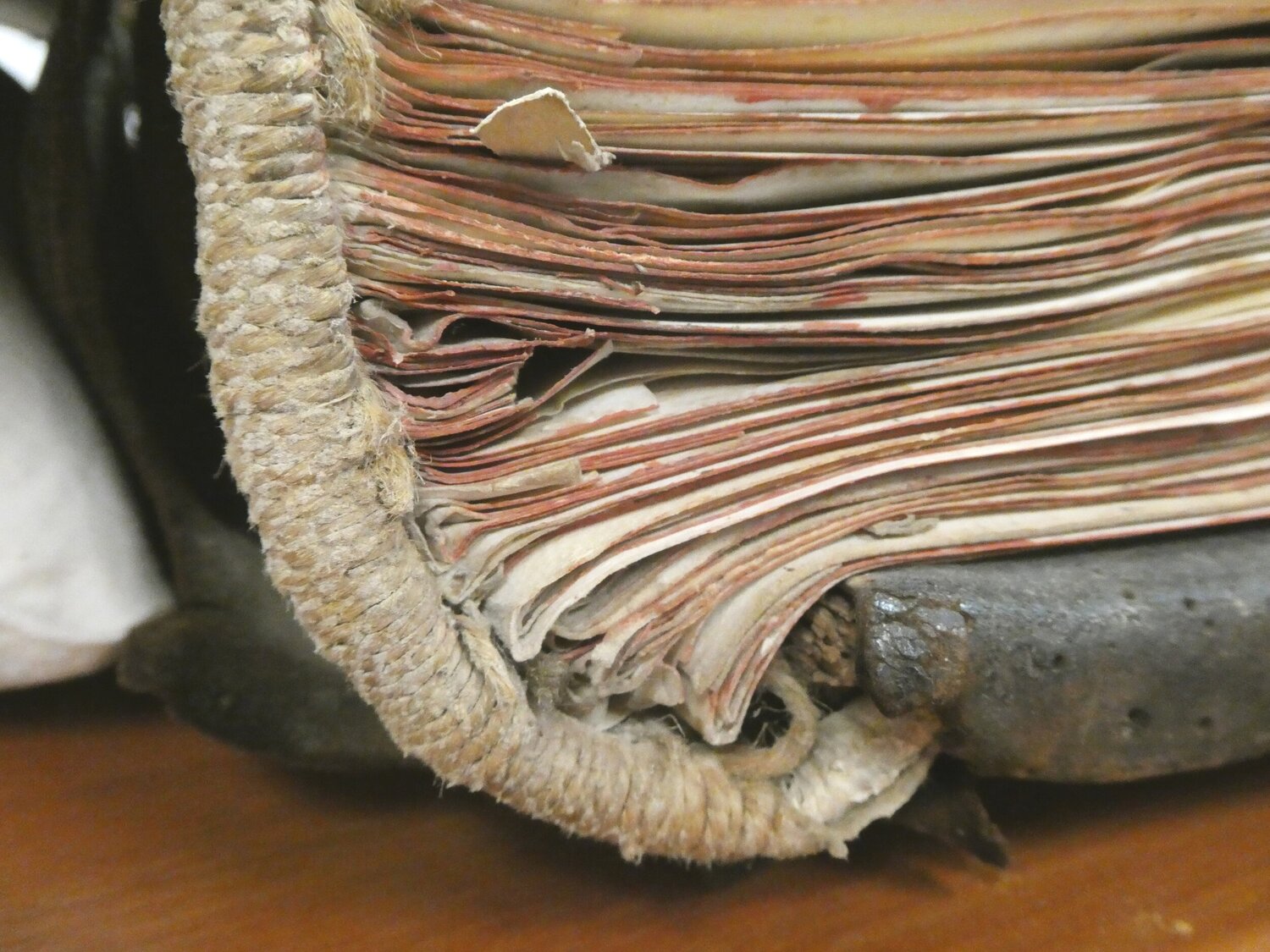Our project uses the word “book” to describe a wide-ranging assortment of portable text- and image-bearing objects produced in locations around the globe. In modern English, the word is sometimes used to mean printed books exclusively. But "book" has a much richer history of describing objects that contain texts and the texts that these objects contain.
Old English “boc” (book) and “bec” (beech) are probably cognate; these words suggest an intimate connection between texts and the bark and wood used for early writing. They point towards connections made in other languages in the same period of world history. Sanskrit "bhūrjá" (masculine) means birch tree; in its feminine form it means birch bark used for writing. “Pothi” is from Sanskrit पुस्तिका (pustikā, book), which is probably related to Persian پوست (pust, “skin, hide”). In modern Anglophone scholarship, the word "book" is used to refer to all sorts of text objects, from the single leaves, scrolls, and tablets found in the Mogao caves; to the Dead Sea Scrolls; to the Genji monogatari emaki.
The language of the book––the term itself, and the codicological terminology used to describe its parts––is rich and complex, revealing a history that is not limited to the modern age or to print culture. We focus on the book, in all its many forms, in order to illuminate the story of human communication and the histories of craft practices within an array of cultural traditions across the globe.

